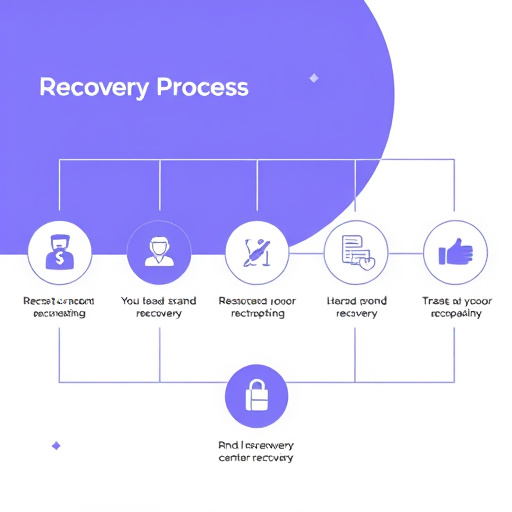Cold Air Intake (CAI) and Short Ram Intake (SRI) are vehicle performance upgrades with distinct differences. CAI draws cold, dense air from outside for improved combustion and power boosts, particularly beneficial for turbo/supercharged engines. SRI uses a direct path from the intake manifold to reduce backpressure, enhancing airflow efficiency without cold air, ideal for better fuel economy during urban driving. Installation complexity, power gains, fuel economy, and vehicle compatibility are crucial factors when choosing between CAI and SRI, catering to different car enthusiast preferences. Each system offers unique advantages for fine-tuning performance based on priority: CAI for long-term efficiency and reliability, SRI for immediate performance and drivability gains.
- Understanding Cold Air Intake and Short Ram Intake Systems
- Performance and Efficiency Comparison: Power Gains and Fuel Consumption
- Cost Analysis: Price Point Comparison and Long-Term Value
Understanding Cold Air Intake and Short Ram Intake Systems

Cold Air Intake (CAI) and Short Ram Intake (SRI) systems are popular performance upgrades for vehicles, offering potential gains in power and fuel efficiency. The key difference lies in their design and air ingestion process. CAI systems draw cold, dense air from outside the vehicle, typically through an opening in the fender or grill, and direct it into the engine. This cold air is believed to improve combustion, leading to increased horsepower and torque. On the other hand, SRI systems route air from the engine’s intake manifold, usually by using a smaller, more direct path with fewer restrictions. While they don’t bring in cold air like CAI, SRI systems can still enhance performance by reducing backpressure and improving airflow efficiency.
When comparing cold air intake vs short ram intake, it’s important to consider factors such as installation complexity, potential benefits in both horsepower and fuel economy, and the system’s compatibility with your vehicle’s make and model. Both options have their merits, catering to different preferences and needs of car enthusiasts looking to fine-tune their ride’s performance.
Performance and Efficiency Comparison: Power Gains and Fuel Consumption

When comparing performance and efficiency, both cold air intake (CAI) and short ram intake (SRI) systems offer distinct advantages. CAI systems direct cooler, denser air into the engine, enhancing combustion and potentially increasing horsepower by up to 10%. This is particularly noticeable in vehicles with turbo or supercharged engines. Conversely, SRI systems focus on improving airflow efficiency within the existing engine bay, reducing restrictions for better fuel consumption.
In terms of fuel consumption, CAI systems may slightly increase mileage due to enhanced engine performance, but the difference is often minimal. SRI systems, however, are designed to deliver optimal air-fuel ratios, resulting in significant fuel savings, especially during urban driving conditions. While CAI excels at boosting power through airflow modifications, SRI stands out for its efficiency gains without compromising engine health or performance.
Cost Analysis: Price Point Comparison and Long-Term Value

In the battle between cold air intake (CAI) and short ram intake (SRI) systems, both have their unique advantages. While CAI offers enhanced cooling and a more efficient air supply, SRI is known for its quick response and powerful performance boosts. When considering the price point, it’s evident that CAI solutions tend to be more affordable initially, making them an attractive option for budget-conscious car enthusiasts. However, SRI systems may provide better long-term value due to their potential for higher resale values and sustained performance gains. Ultimately, the choice between CAI and SRI depends on individual preferences, performance goals, and financial considerations.














